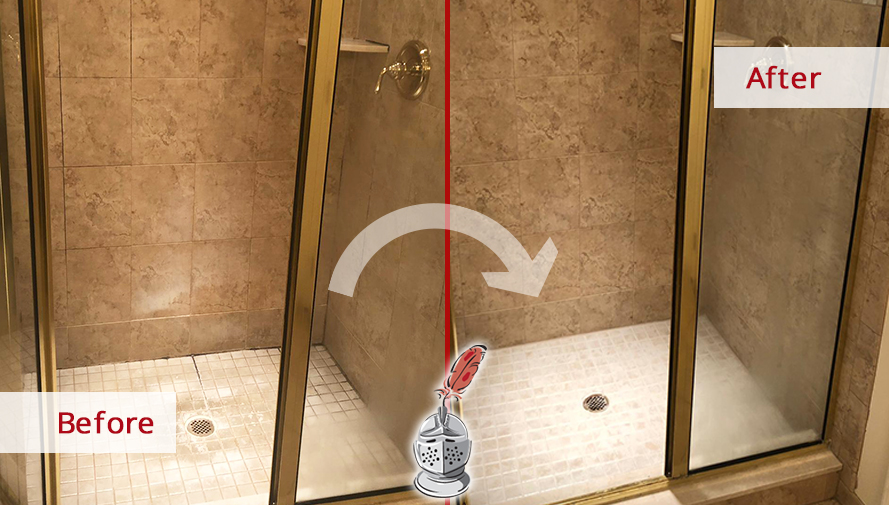Just how to Prevent a Water Damaged Bathroom
RatesWhat're your insights and beliefs on Looking for Signs of Water Damage in the Bathroom?

The restroom is very prone for wet accumulation and also possible water damages as a result of the constant use of water in it. This short article provides easy assessment techniques to help detecting water damages threats.
The constant use water in the washroom makes it exceptionally prone for damp build-up as well as possible water damages. By inspecting it routinely, you can decrease water related damages.
The following set of inspections is easy to perform and also need to be done as soon as in every 3 months in order to maintain your washroom healthy and also to avoid prospective water damages triggered by the tub, the shower, pipe joints and plumbing, sinks, cabinets, and the commode
Do not overlook carrying out these evaluations as well as be extensive while performing them. Keep in mind that these easy evaluations can save you a lot of money by giving very early signs for water damage
Bathtub and Shower
The shower and also bath tub need special attention and also upkeep. Inspect the tiles and also replace if broken. Make sure that there is no missing out on cement between the tiles. Evaluate as well as replace fractured caulking at joints where the wall surfaces satisfy the floor or the bath tub. Blocked drains as well as pipes problems will certainly protect against the tub from drying and might show severe issues beneath the bathtub. Seek advice from an expert right away to prevent structural damages. Focus on discolorations or soft areas around the bath tub walls as they may indicate an inner leakage.
Plumbing
Signs for water damage are hard to identify given that many pipes are mounted inside the walls.
Pay special focus to flooring and wall surfaces wetness and discolorations as they may indicate an unseen plumbing problem. Examine wetness levels in adjacent rooms too.
Sinks and also Cabinets
Sinks as well as cupboards are exposed to wetness as well as moisture everyday and also are typically forgotten. Examine regularly under the sink as well as on the kitchen counter above it. Fix any kind of drip in the trap as it may recommend drainpipe problems. Browse the sink, slow draining pipes might show a blocked drainpipe. Change sink seals if they are split or loosened.
The Toilet
The bathroom is an at risk water junction. Inspect the water lines and also search for leaks around the bathroom seat, in the tube, and also under the water tank. If you find any kind of signs of wetness on the flooring around the commode, look for leakages in the toilet rim and tank seals.
Understand that hanging bathroom dish antiperspirants raises the chances for clogs.
Water Damage Signs In The Bathroom To Avoid Cleanup
Musty smell
This is one of the easiest signs to catch because musty smells are so odorous. The damp, earthy, moldy smell should be a big red flag. The smell will develop when moisture gets trapped in surfaces, and begins to facilitate mold growth. Leaking pipes under cabinets, inside walls, and behind shower fixtures will cause moisture to stay trapped and not dry, which will lead to mold growth and spread. As soon as you notice any musty smells in your bathroom, have it checked for hidden water damage and cleanup signs.
Visible mold
If the smell isn’t there to give it away, sometimes you will actually see mold growth. Finding mold in your bathroom is a serious problem, because mold is very harmful to your health. By the time mold growth is visible, it also means that water damage has already occurred and been present for some time. The only way the mold problem can be resolved is to find the source of the moisture and get it stopped. To safely and adequately remove mold, you need to have professionals handle the remediation. Do not waste any time in getting mold problems addressed, fixed, and sanitized so that you can protect you and your family from the many respiratory symptoms caused by mold exposure.
Damaged floors
Bathroom floors should be able to withstand some exposure to water while still remaining in good condition. However, when excess exposure or water leaks occur, they will begin to damage even the most water-resistant flooring. If you notice any cracking, bubbling, staining, or warping on your bathroom floors, there is probably a water leak somewhere causing the distortion. If you notice areas of the floor have become softer, or even have a spongy feeling, there is probably damage to the subfloor. Subflooring is typically made up of plywood. When plywood is exposed to water or moisture, it will absorb it. Once it has become saturated, the weight of the excess water will cause the wood to swell and soften. Check the floors in your bathroom frequently to catch any of these sings before they lead to damaged subflooring.
Changes on walls
When water leaks behind walls, it will cause changes in the drywall. Peeling plaster, blistering paint, and soggy wallpaper are all good indicators that excess water is building up behind the wall. Water leaking behind drywall will cause it to swell and be soft to the tough. If you start to notice gaps along the trim of your walls, or where tile meets the wall, it could also be a strong indicator that there is a leak behind the wall. Any changes, distortion, or damage on the walls should be evaluated as soon as you notice it to prevent further water damage and cleanup.

I am just very occupied with Preventing Water Damage in the Bathroom and I am praying you enjoyed my entry. Enjoyed our piece of writing? Please share it. Help others check it out. We recognize the value of reading our article about How to Prevent Bathroom Water Damage.
Schedule